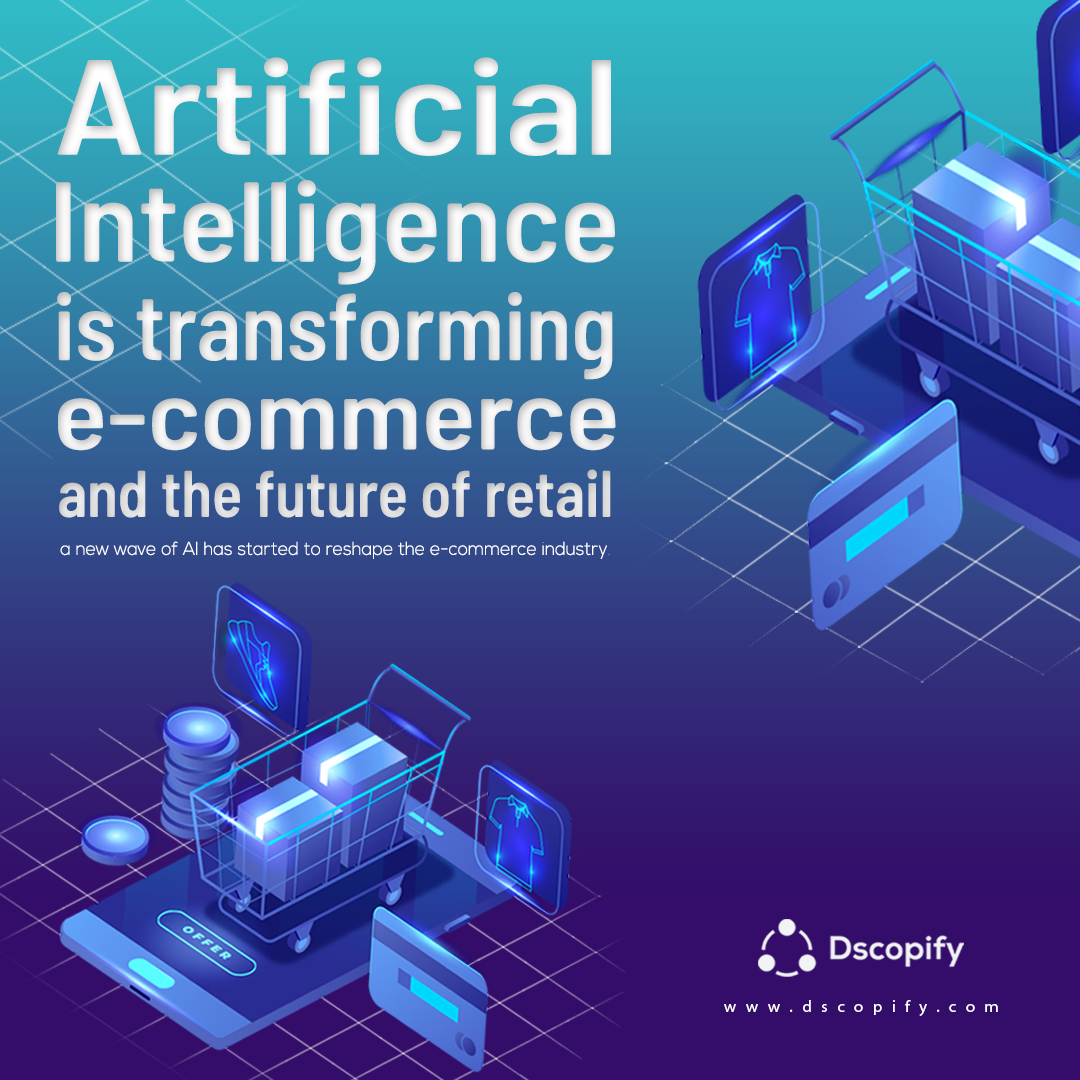What if you could predict which products your customers will like before they do?
What if you could use algorithms to predict which products your customers will prefer before they even know it?
What if virtual assistants could recommend personalized products based on the needs and interests of each customer?
Well, welcome to the world of Artificial Intelligence and eCommerce! AI is now disrupting almost every industry. eCommerce in particular has been an early adopter of AI technologies, not only because of its clear value proposition for retailers but also because the nature of data makes it easier to use these tools. To understand how artificial intelligence can transform e-commerce and retail, Let’s look at some common AI applications today:
Recommendation Engines
A recommendation engine is a software that determines which products to recommend based on machine learning. The most common example is a recommendation to “buy X item” that appears when you check out from an online store. Recommendations can also be used in marketing, such as digital advertising. There are many different types of recommendation systems. Collaborative filtering systems that look at what other people buy and recommend products that are similar. Supervised machine learning algorithms that make predictions based on historical data, such as purchase information or click-through rates (CTR). Unsupervised machine learning algorithms, which do not require a specific target variable, such as developing a language model that predicts which words will appear in search queries. Recommendations are widely used in e-commerce because they are effective at increasing sales. These recommendations are primarily generated by machine learning-trained algorithms. Data is used by the algorithms to determine which products should be recommended to each customer. If a customer purchases a hammock, an algorithm may recommend a mosquito net to go with it.
Virtual assistants
A virtual assistant is a computer application that you can interact with through audio or text. You can ask it to do things for you, such as setting reminders, making a to-do list, checking your schedule, and more. Virtual assistants are able to analyze your data, understand your context, and respond in a human-like manner. They can be used in a variety of ways, from answering basic product questions and helping with returns to suggesting personalized products based on each customer’s needs and interests. Virtual assistants can do more than just basic information retrieval, they can also provide functionality that is otherwise difficult to achieve with existing e-commerce tools. For example, if a company runs a loyalty program, it may be difficult to manage manually. On the other hand, a virtual assistant can be programmed to track the information, understand the context, and respond in a human-like manner.
Voice Assistants
A voice assistant is a computer application that you can interact with using your voice. You can ask it to do things for you, such as setting reminders, making a to-do list, checking your schedule, and more. One way that AI is transforming e-commerce is through voice assistants. We are seeing voice user interfaces becoming more and more common. Voice assistants can do many more things than virtual assistants, making them a very convenient tool. Voice assistants can take text inputs as well, so you can use your keyboard to type, but then dictate the content to the voice assistant for conversion to speech. Voice assistants are able to analyze your data, understand your context, and respond in a human-like manner. They can also do more than just basic information retrieval, they can also provide functionality that is otherwise difficult to achieve with existing e-commerce tools.
AI-driven supply chain
An AI-driven supply chain uses machine learning to optimize and improve the supply chain. It can automatically track the location and condition of assets, spot issues, forecast demand, and plan the optimal path for future shipments. A supply chain’s main objective is to transport goods from the source of supply to the place of demand as quickly and efficiently as possible. E-commerce relies on a supply chain that is capable of tracking and managing inventory across the entire network, including the offline portions. This is an ideal use case for AI, as it can use data to determine the optimal path for future shipments, while also keeping track of assets and helping to prevent loss and damage.
Conclusion
Artificial intelligence is transforming e-commerce in many ways. It is being used for product recommendations, voice assistants, and supply chain management. E-commerce retailers were quick to adopt AI technologies because of their significant advantages for retailers and the nature of data making it easier to use these tools.






